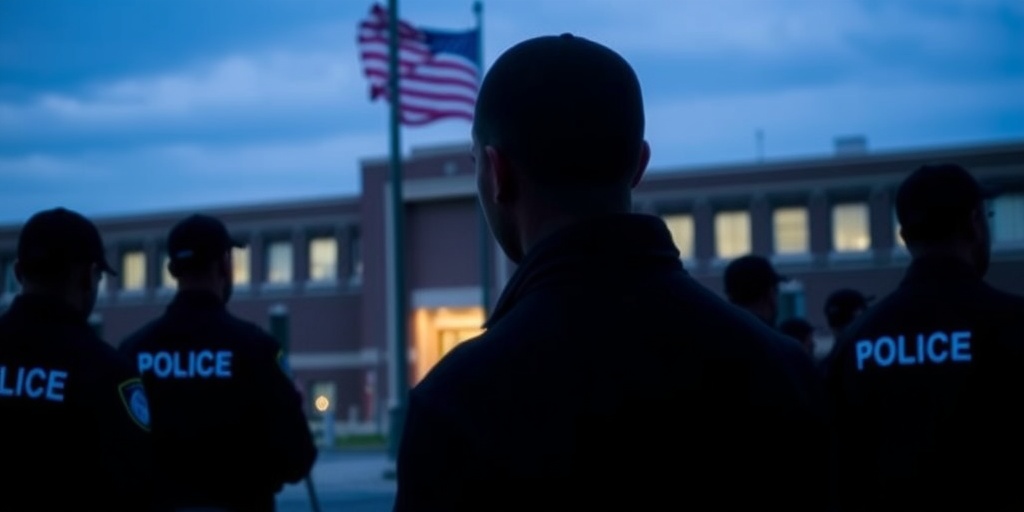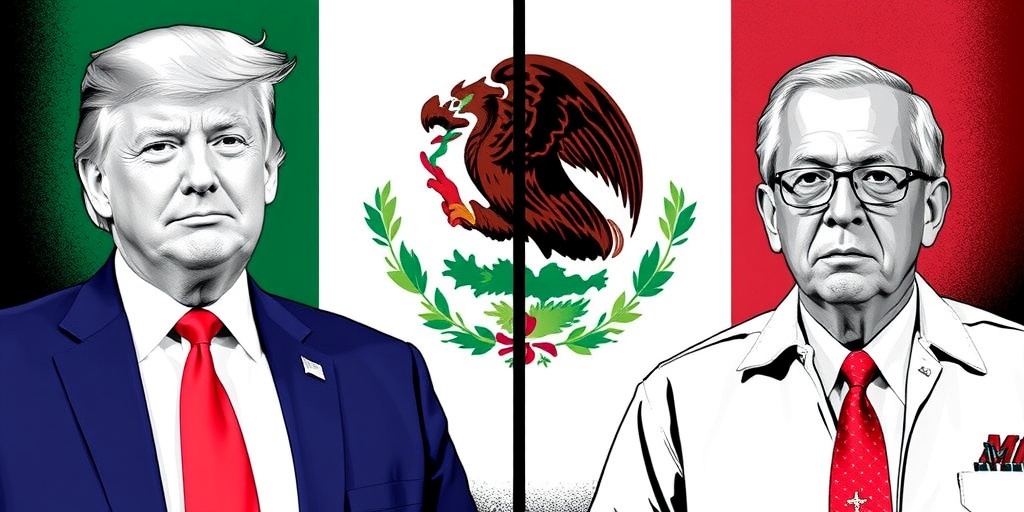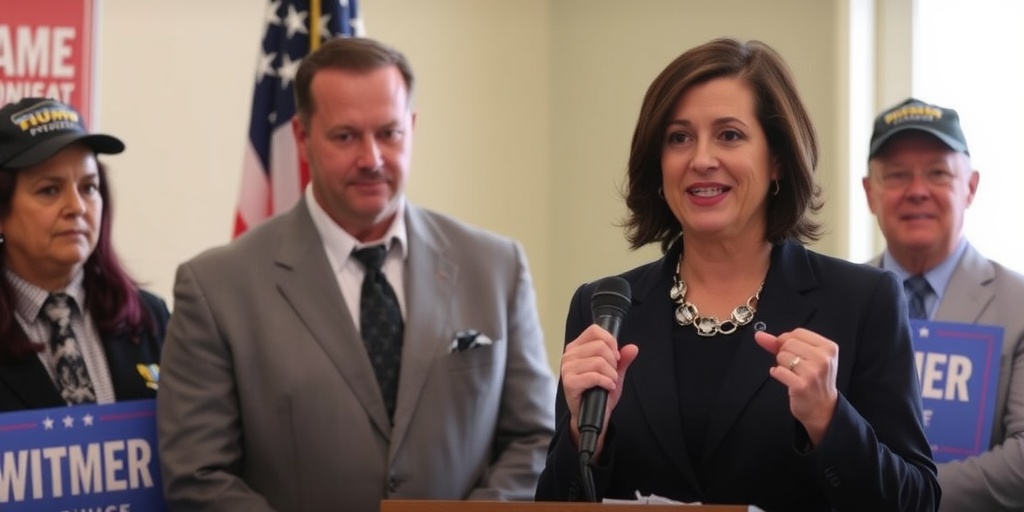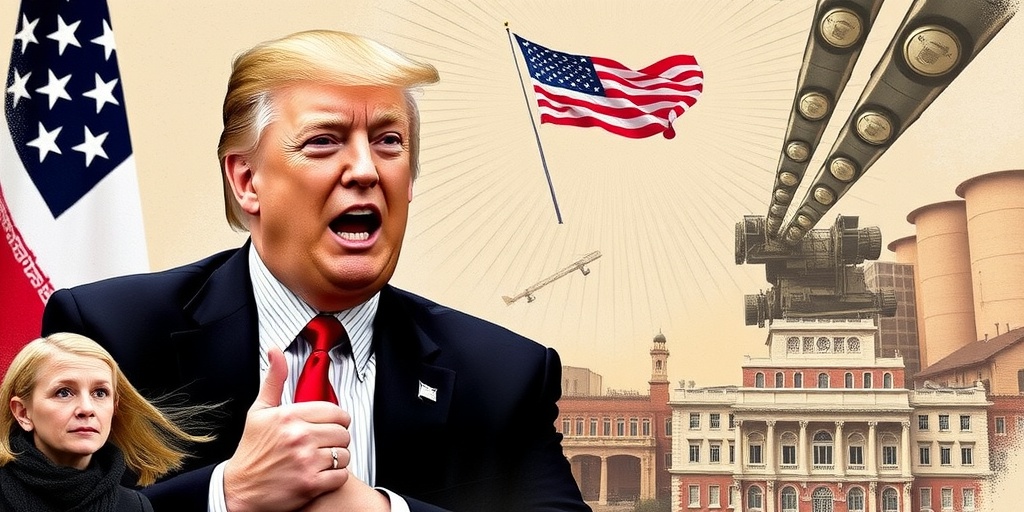Now Reading: Adams Administration to Allow ICE Operations on Rikers Island
-
01
Adams Administration to Allow ICE Operations on Rikers Island
Adams Administration to Allow ICE Operations on Rikers Island

Title: New York City to Permit Federal Immigration Agencies Inside Rikers Island Jail Complex
In a significant shift in policy, New York City’s administration under Mayor Eric Adams has issued an executive order allowing federal immigration authorities to establish office space at the Rikers Island jail complex. The move, intended to enable these agencies to conduct criminal investigations, has sparked immediate and widespread criticism from various quarters, especially from city council members and immigration advocacy groups.
The directive was issued by First Deputy Mayor Randy Mastro, following an announcement by Mayor Adams made two months earlier, which indicated that Immigration and Customs Enforcement (ICE) agents would be permitted into the jail to assist in investigations regarding criminal activities. The order grants similar access to other federal agencies, including the Federal Bureau of Investigation (FBI) and the Bureau of Alcohol, Tobacco, Firearms and Explosives (ATF). These agencies will collaborate with the Department of Correction’s Criminal Intelligence Bureau to address issues related to violent criminals, gangs, and drug trafficking that involve individuals in the correctional system.
In a statement explaining the rationale behind the executive order, Mr. Mastro emphasized that the primary goal is to enhance public safety in New York City. “This directive is driven by one priority and one priority alone: to keep all New Yorkers safe,” he affirmed, suggesting that the decision was based on a thorough assessment of legal and situational factors.
However, the announcement has been met with strong opposition, particularly from New York City Council Speaker Adrienne Adams, who is campaigning for the mayoral position. She condemned the executive order as “deeply concerning,” citing established city laws that prohibit using office space at Rikers for the purpose of enforcing civil immigration laws. The Speaker’s opposition highlights the delicate balance between ensuring law enforcement cooperation and protecting the rights of immigrants in the city.
The controversial policy decision appears to have stemmed from a meeting between Mayor Adams and Thomas Homan, a prominent figure in the Trump administration’s immigration initiatives. This meeting raised eyebrows as it came just a short time before the mayor faced the dismissal of corruption charges against him, linked to allegations that a prosecution could jeopardize the city’s relationship with the Trump administration regarding immigration enforcement.
Council Speaker Adams further remarked on the troubling developments surrounding the mayor’s dealings with the Trump administration. She connected the issuance of the executive order to the broader context of federal immigration enforcement and raised concerns about the potential impact on the city’s immigrant population, which is substantial and diverse.
Critics argue that allowing ICE and other federal authorities to operate within the confines of Rikers Island could facilitate aggressive deportation practices, undermining the city’s previous efforts to establish itself as a sanctuary for immigrants. In 2014, New York City enacted sanctuary policies aimed at limiting cooperation between local law enforcement and federal immigration officials, effectively barring ICE from operating within its jails. This historical context adds weight to the current pushback against the mayor’s order.
Moreover, community leaders and immigration advocates fear that this decision is a calculated move to further align the Adams administration with the Trump administration’s stringent immigration policies. Murad Awawdeh, president of the New York Immigration Coalition, characterized the executive order as an attempt to circumvent the city’s sanctuary laws. He expressed that instead of protecting vulnerable populations, the administration is “rolling out the welcome mat” for federal authorities who could violate civil rights without accountability.
As tensions mount between the city’s administration and its immigrant community, the implications of this order are likely to ripple through New York City. The debate over the responsibilities of local vs. federal agencies concerning immigration enforcement remains contentious, reflecting broader national discussions on immigration policy and civil liberties.
With advocates vowing to resist the changes introduced by the Adams administration, this situation is set to evolve as community actions and potential legal challenges may arise in defense of the rights of immigrants within the city. The coming weeks will undoubtedly reveal how these developments will affect the fragile relationship between the city government, federal authorities, and the residents of New York, particularly those from immigrant backgrounds.
In summary, Mayor Eric Adams’s decision to invite federal immigration authorities into Rikers Island has sparked a fierce debate about public safety, immigrant rights, and the sanctity of local laws designed to protect vulnerable populations within New York City. As opinions remain sharply divided, the unfolding narrative is sure to impact the city’s political landscape and its immigrant communities in significant ways.
Stay Informed With the Latest & Most Important News
Previous Post
Next Post
-
 01New technology breakthrough has everyone talking right now
01New technology breakthrough has everyone talking right now -
 02Unbelievable life hack everyone needs to try today
02Unbelievable life hack everyone needs to try today -
 03Fascinating discovery found buried deep beneath the ocean
03Fascinating discovery found buried deep beneath the ocean -
 04Man invents genius device that solves everyday problems
04Man invents genius device that solves everyday problems -
 05Shocking discovery that changes what we know forever
05Shocking discovery that changes what we know forever -
 06Internet goes wild over celebrity’s unexpected fashion choice
06Internet goes wild over celebrity’s unexpected fashion choice -
 07Rare animal sighting stuns scientists and wildlife lovers
07Rare animal sighting stuns scientists and wildlife lovers





















